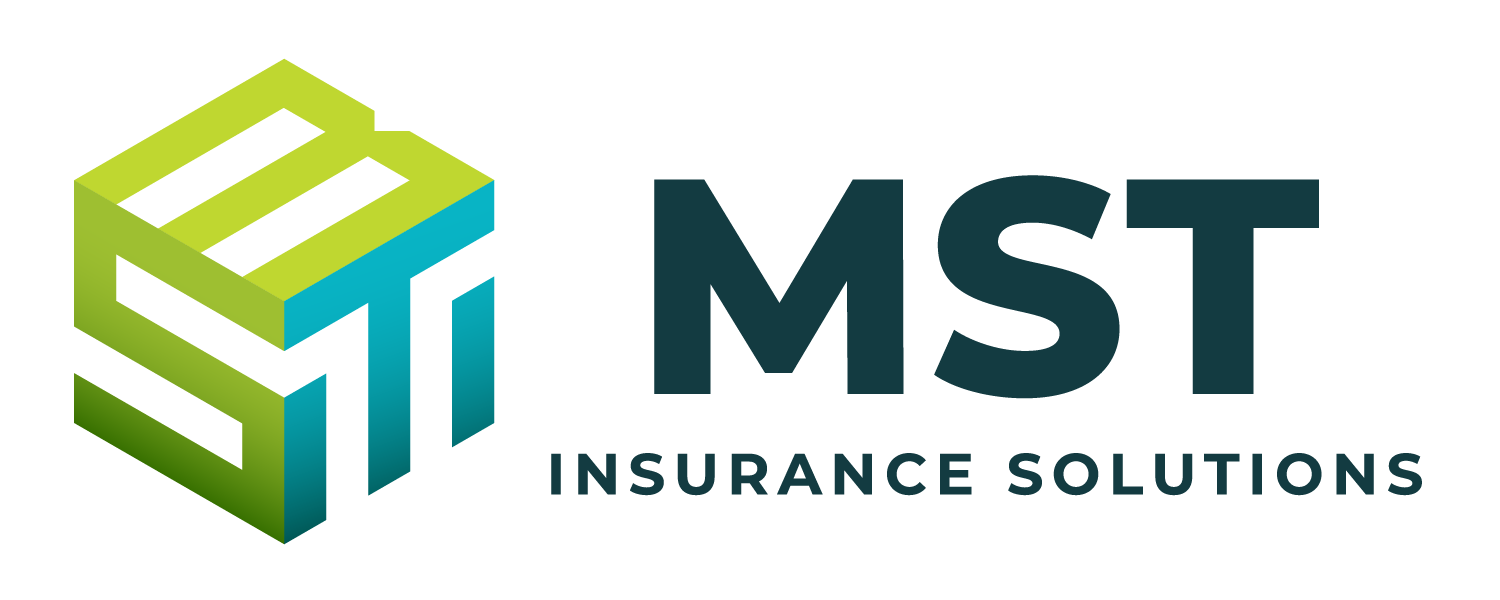Employee well-being refers to the overall state of workers’ physical, mental and emotional health, which can often be influenced by various workplace dynamics (e.g., workload, connections with co-workers and available resources). Although employee well-being is typically considered an HR-related matter, it’s also an enterprise risk that directly correlates with a wide range of key business objectives.
In other words, employee well-being not only impacts workers’ health and happiness on the job, but also plays a major role in the areas of business performance, stakeholder perception and workplace safety. As a result, it’s vital for businesses to take employee well-being seriously and do what they can to foster a culture that promotes well-being. The following article provides more information on employee well-being as an enterprise risk and outlines several workplace well-being initiatives for employers to consider.
The Important Role of Mental Health in Employee Well-being
Over the years, many businesses have attempted to promote employee well-being by offering workplace solutions aimed solely at maintaining physical health. These solutions may include serving nutritious meal options on-site, offering smoking cessation programs or providing discounted memberships to local gyms. While such solutions can certainly help employees make healthier lifestyle choices and reduce their risk of chronic illnesses, promoting employee well-being requires businesses to develop initiatives that address all aspects of workers’ overall health and happiness. Specifically, employees’ mental health must be considered.
Mental health consists of individuals’ emotional, psychological and social well-being. It affects how individuals communicate, form relationships, contribute to their communities and cope with adversity. In times of distress, individuals may suffer from poor mental health. Emotions associated with poor mental health include grief, stress, sadness or anxiousness.
It’s important to note that mental health differs from mental illness. In particular, emotions stemming from poor mental health are not diagnosable conditions but rather temporary feelings. On the other hand, mental illnesses pertain to a wide range of clinical mental health disorders (e.g., anxiety and depression). These disorders are chronic and affect how individuals think, behave and function in their daily lives. Yet, individuals who experience prolonged periods of poor mental health may eventually develop mental illnesses.
In any case, mental health is a key factor in determining employees’ well-being—one that businesses can’t afford to ignore. In fact, recent research from the Centers for Disease Control and Prevention (CDC) found that nearly three-quarters (71%) of U.S. adults experience adverse symptoms of stress (e.g., feeling overwhelmed or anxious) each year. Furthermore, mental health can make a difference in employees’ physical health. According to the CDC, poor mental health can increase individuals’ likelihood of developing a range of chronic conditions, such as diabetes and heart disease. Considering these findings, it’s clear that employers must consider employees’ mental health when addressing their overall well-being.
How Employee Well-being Impacts the Workplace
Employees’ mental health and well-being can impact their employers in various ways. Here are some key business objectives that may be influenced by overall workplace well-being:
- Business performance—Employee well-being can make all the difference in business performance. According to the National Center for Biotechnology Information (NCBI), mental health concerns in the workplace can contribute to increased absenteeism rates, lost productivity, decreased customer satisfaction and reduced profits. In addition, the NCBI reported that work-related stress is a leading cause of poor job performance among employees, negatively affecting employers as a whole. Further, the presence of mental illness in the workplace can have costly ramifications. For example, a recent study published in the Journal of the American Medical Association found that depression costs employers nearly $31 billion each year in lost productivity.
- Stakeholder perception—Apart from business performance, employee well-being can also impact stakeholder perception. After all, environmental, social and governance (ESG) topics have become a rising concern among stakeholders (e.g., employees, customers and investors), making it increasingly vital for businesses to ensure environmentally and socially responsible practices—including promoting employee well-being. According to a recent report from the Harvard Business Review, the vast majority (91%) of working adults believe that a company’s culture should support mental health. As such, employers who disregard their employees’ mental health and well-being are more likely to be perceived poorly by stakeholders, resulting in reduced workplace morale, reputational damages and lost business. Such negative stakeholder perception could have lasting impacts on a company’s brand, limiting its ability to attract top talent and remain profitable for the foreseeable future.
- Workplace safety—If businesses encounter employee mental health and well-being concerns on-site, workplace accidents and related injuries are likely to follow suit. According to the National Safety Council, instances of both moderate and severe mental health distress have been linked to a greater risk of workplace accidents. This is likely because employees facing mental health concerns are often less focused, engaged and aware of potential safety hazards, resulting in poor decision making and unnecessary risk-taking. Taking a closer look at specific mental health concerns, between 60% and 80% of workplace accidents stem from workers experiencing stress-related distractions or fatigue on the job, according to research from Eastern Kentucky University. These accidents not only lead to injured employees, but also contribute to higher workers’ compensation costs for employers.
Evidently, ignoring employees’ mental health and well-being can result in significant consequences for businesses. That’s why it’s crucial for employers to adopt effective workplace well-being initiatives.
Steps Employers Can Take
In order to promote employees’ mental health and well-being, businesses should consider implementing the following measures:
- Foster a supportive workplace culture. First and foremost, it’s critical for employers to promote a company culture that prioritizes employees’ mental health and well-being. In doing so, employers will be able to show their employees that they value them beyond their work contributions and are invested in their overall health and happiness. Having a supportive workplace culture in place will also help employers lead by example within their workforce, highlighting the importance of maintaining work-life balance and establishing a more open dialogue surrounding mental health topics.
- Establish a long-term strategy. In addition to fostering a supportive workplace culture, employers need to have long-term strategies for promoting employees’ mental health and well-being. Such strategies should be well-documented and clearly outline the steps businesses are taking to keep their workers healthy and happy. They should also list the specific objectives employers are trying to accomplish through their well-being initiatives. By having long-term strategies in place, businesses will be able to better identify the effectiveness of their well-being initiatives, calculate the return on investment (ROI) for these initiatives and determine when initiatives need to be updated or changed. Key well-being initiatives for employers to consider implementing within their long-term strategies include:
- Conducting routine well-being awareness training and mental health screenings with all employees
- Providing employees with a variety of well-being resources and helplines
- Having managers conduct monthly check-ins with employees to discuss any issues that may be negatively impacting their mental health (e.g., excessive workloads or conflicts with co-workers) and find proper solutions
- Educating managers on how to recognize symptoms of mental health distress and mental illness among employees as well as how to effectively respond to a mental health crisis
- Creating an employee assistance program (EAP) to allow employees to seek additional help for mental health concerns as needed
- Offering greater work flexibility (e.g., remote work and flexible hours) or extra paid time off to help employees maintain work-life balance
- Hosting on-site events, classes or similar offerings to allow employees to take a break from work and unwind (e.g., company picnics, mindfulness classes and exercise groups)
- Reviewing all workplace policies to ensure they align with employee well-being initiatives and promote a supportive culture
Conclusion
Overall, it’s evident that employee well-being is not just an HR-specific matter, but an enterprise risk that businesses of all sizes and sectors need to take seriously. By understanding how employee well-being impacts key business objectives and making a conscious effort to keep workers happy and healthy, employers can reduce their workplace well-being exposures and maintain successful operations. For more risk management guidance, contact us today.
For a copy of this notice, click here: Risk Insights – Employee Well-being as an Enterprise Risk

